6 February 2025
House hunting is a big deal for any family. It's exciting... sure! But toss in a multi-generational dynamic, and suddenly, it's more like solving an intricate puzzle where every piece must fit just right. Parents, kids, grandparents—maybe even an aunt, uncle, or cousin—everyone has unique needs and priorities. Finding a home that works for everyone can feel daunting, but don’t sweat it! With the right game plan, you can check all the boxes and find that perfect haven where all generations can coexist harmoniously.
In this guide, we're diving headfirst into the ins and outs of house hunting for multi-generational families. We'll break it all down: what to prioritize, what to avoid like the plague, and how to ensure everyone—from tiny tots to wise grandparents—feels right at home. 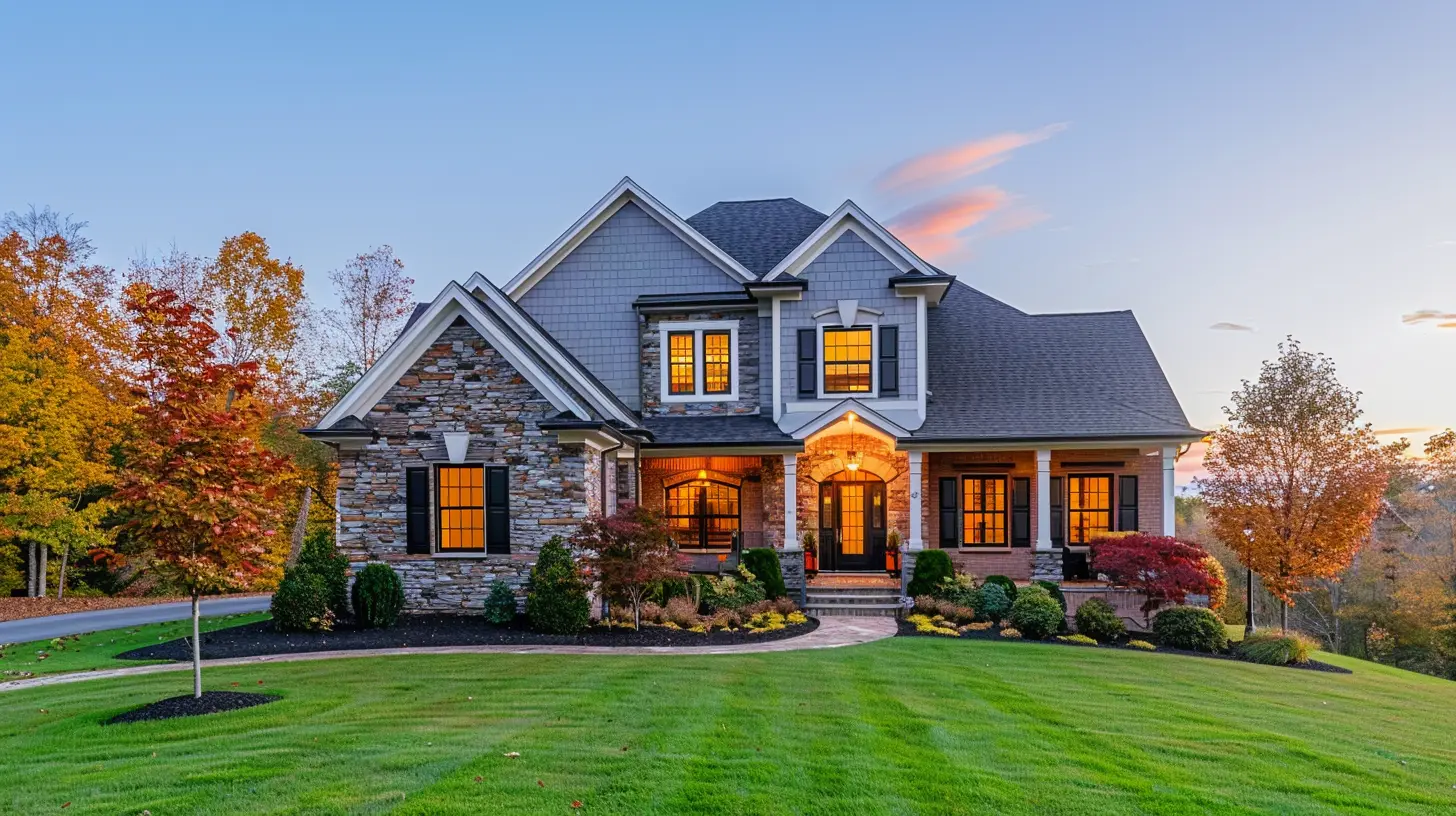
Why Multi-Generational Living is on the Rise
You’ve probably noticed it too: more families are jumping on the multi-generational living bandwagon. Why? Well, a few reasons:1. Rising Housing Costs – Let’s be real, buying a home isn’t cheap. Sharing living expenses among multiple generations can make it way more affordable.
2. Caring for Aging Parents – Many families want to keep their elders close, ensuring they’re safe and cared for without plopping them into assisted living facilities.
3. Stronger Family Bonds – Living under one roof can create a support system like no other. It’s all about being there for each other in life’s ups and downs.
4. Cultural Preferences – In some cultures, multi-generational living is the norm rather than the exception.
Now that we know the "why," let’s tackle the “how.” 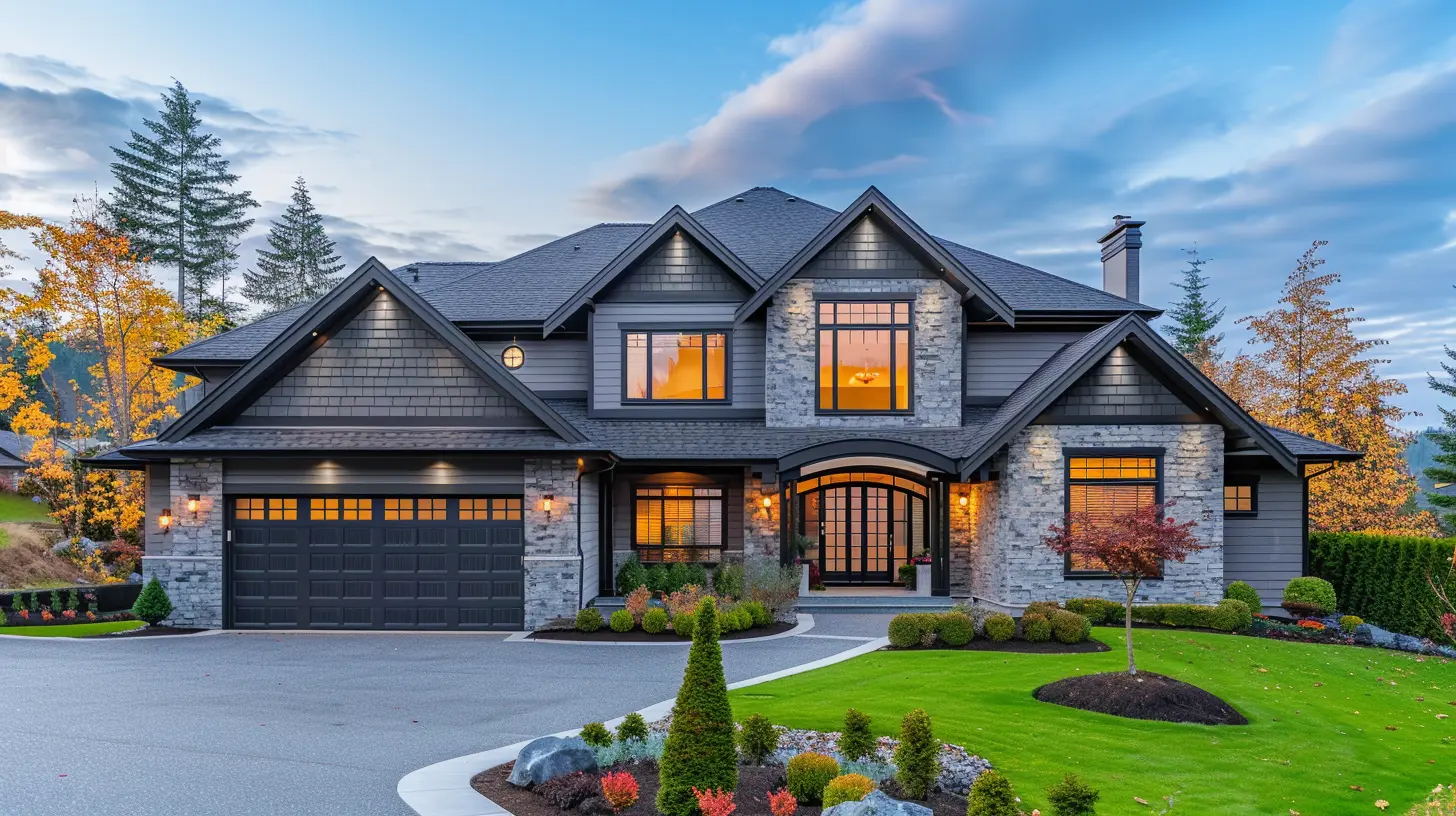
Key Considerations for a Multi-Generational Home
Finding a home that’ll work for the whole family isn’t just about size. (Although, let’s be honest, size DOES matter!) It’s also about functionality, privacy, and comfort. Here’s a breakdown of what you’ll want to keep in mind:1. Space and Layout
Most multi-generational families require more than just square footage; they need a smart layout that allows for both togetherness and privacy.- Bedrooms Galore: You’ll likely need more bedrooms than the average family. If possible, aim for at least one bedroom and bathroom on the main floor for aging parents who may not handle stairs as well.
- Flexible Spaces: Think extra dens, bonus rooms, or finished basements that can double as living quarters or office spaces for that budding entrepreneur in the family.
It’s not just about stuffing everyone under one roof—it’s about ensuring everyone has a place to breathe and call their own.
2. Privacy is Non-Negotiable
Let’s face it: too much togetherness can sometimes lead to tension. (Nobody likes having their personal space invaded—not even grandma!)- Separate Entrances: A side entrance or even a fully separate "in-law suite" can work wonders when it comes to keeping peace in the family.
- Soundproofing: Trust me, you don’t want your late-night Netflix marathons or little Timmy’s drum practice echoing through the house like an unwanted guest.
Privacy is like the secret sauce in a multi-generational household—it keeps things smooth and drama-free.
3. Functional Kitchens and Dining Areas
With more people in the house, the kitchen becomes the MVP of the home. Can it handle the dinner rush?- Double Appliances: Think two ovens, two refrigerators, or even two dishwashers, especially if big family meals are a regular thing.
- Oversized Dining Tables: Getting everyone together for Taco Tuesday shouldn’t feel like a game of Tetris.
Remember, the kitchen and dining area are often the hub of activity. Make sure they’re up to the task!
4. Adequate Bathrooms
Here’s the golden rule: You can NEVER have too many bathrooms. Seriously, nothing causes more morning chaos than a family of six fighting over one shower.- En-Suite Bathrooms: This is especially critical for aging parents. It can make their daily routine more comfortable and private.
- Jack-and-Jill Bathrooms: A shared bathroom between two bedrooms can work well for kids or teenagers.
Pro tip: Count the bedrooms, then add at least one bathroom to that number. It’s better to have too many than not enough.
5. Accessibility Features
For families with older members, accessibility is key. Even if it feels unnecessary now, planning ahead can save you costly renovations later.- Step-Free Entrances: A no-step entryway is a game-changer for anyone with mobility issues.
- Wider Doorways and Hallways: These can accommodate walkers, wheelchairs, or even just make the home feel more spacious.
- Grab Bars and Walk-In Showers: Safety first, especially in bathrooms!
6. Outdoor Space
If you’ve got kids (or grandkids) running around and elders who love gardening or relaxing in the fresh air, having good outdoor space is essential.- Fenced-In Yard: Ideal for families with young children or pets.
- Covered Patio: Great for outdoor gatherings, rain or shine.
- Gardening Areas: A small garden can be a therapeutic hobby for the older generation while doubling as a learning moment for kids.
Outdoor space is like your family’s playground—a place to unwind, bond, and make memories. 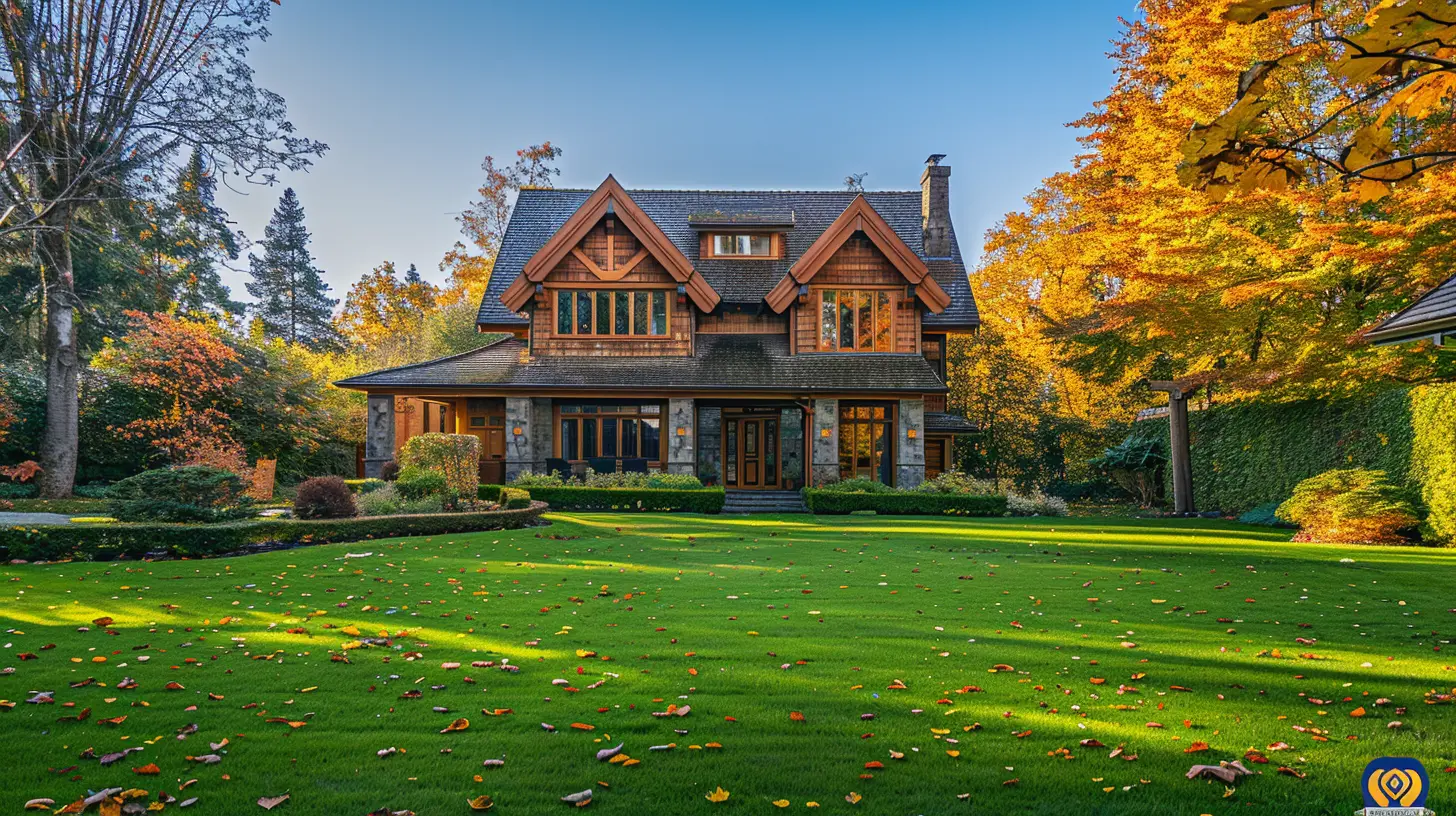
What About Location?
When house hunting for a multi-generational family, location is just as critical as the home itself. Here’s what to consider:- Proximity to Schools and Workplaces: Convenience matters, especially if you’ve got school-aged kids or working adults.
- Access to Healthcare: Being close to medical facilities is vital for aging relatives.
- Community Amenities: Parks, libraries, gyms, and grocery stores all add to the family-friendly vibe.
- Safe Neighborhood: Safety always comes first. A peaceful, secure neighborhood is non-negotiable. 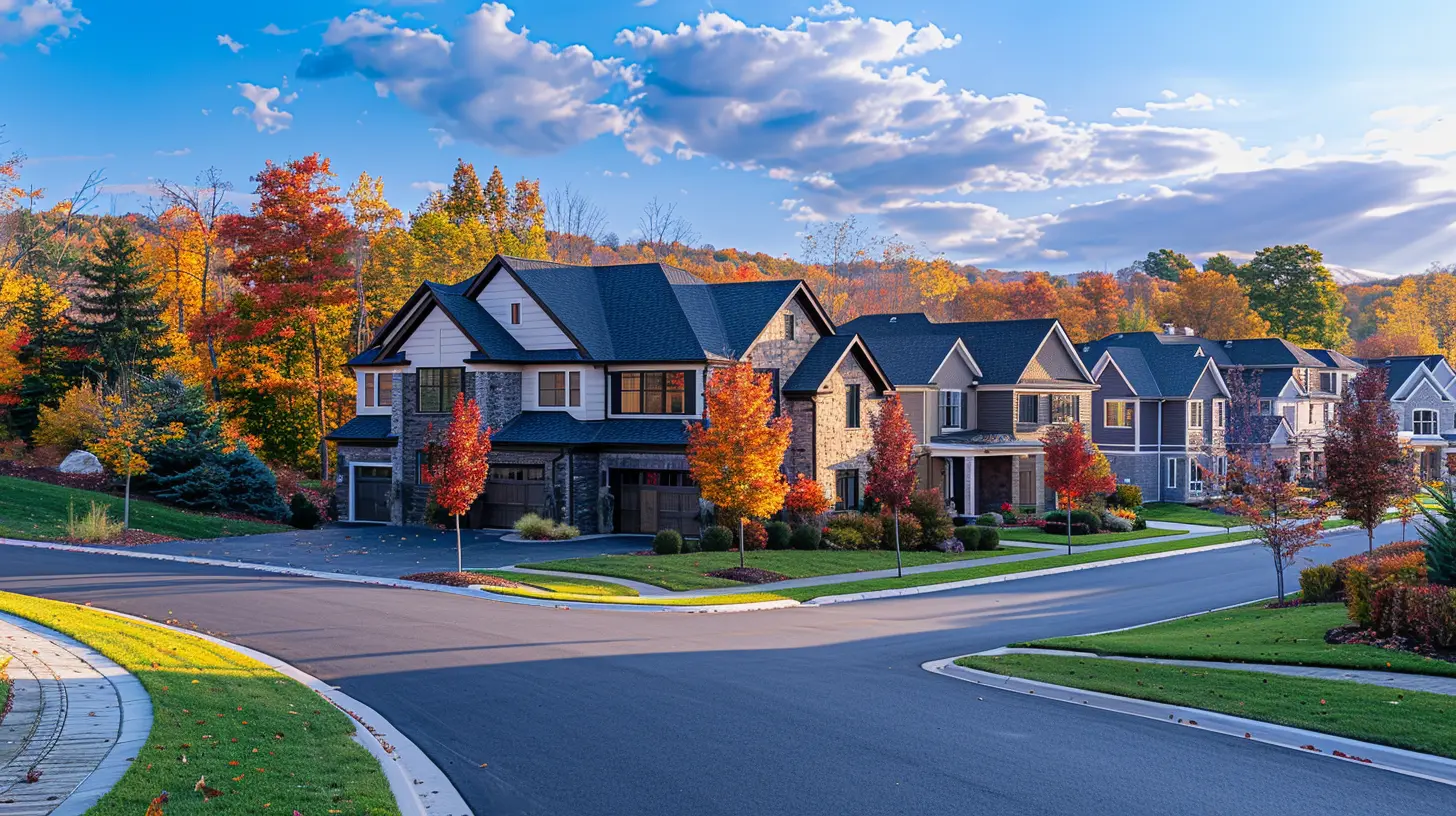
Budgeting for a Multi-Generational Home
Ah, the money question. When buying a home with multiple generations in mind, you’ll need to budget for more than just the mortgage.- Higher Utility Costs: More people = more water, electricity, and gas usage.
- Renovation Expenses: If the home needs to be adapted for accessibility or privacy, set aside some funds.
- Shared Financial Responsibilities: Have an honest conversation with family members about dividing costs.
It’s not just about affording the initial purchase; it’s about maintaining the home long-term without financial strain.
The Emotional Element
Let’s not forget the emotional side of multi-generational living. It’s not all rainbows and sunshine. Disagreements will happen—whether it’s over chores, schedules, or what’s playing on the TV.- Communicate Openly: Set expectations from the start. Who’s responsible for what? What are the house rules?
- Respect Boundaries: Just because you live under the same roof doesn’t mean you have to be in each other’s business 24/7.
- Celebrate Together: Whether it’s movie nights, family dinners, or birthdays, cherish the moments that bring you closer.
Tips for a Successful Multi-Generational Living Experience
Let’s wrap this up with a few quick tips to make the journey smoother:1. Don't Rush the Decision: House hunting takes time. Don’t settle for a home that’s “almost right.”
2. Prioritize Needs Over Wants: Sure, a pool would be cool, but it’s more important to ensure there’s enough privacy and space.
3. Think Long-Term: Your family’s needs might change. Choose a home that can adapt over time.
Final Thoughts
Finding the perfect home for a multi-generational family is a balancing act. It takes patience, compromise, and a clear vision of what you need—not just now, but in the years to come. The good news? When you nail it, the rewards are priceless. Living together under one roof can create memories, bonds, and support that truly stand the test of time.So, get out there, start your search, and remember: the right home is out there waiting for you and your beautifully chaotic multi-generational tribe!



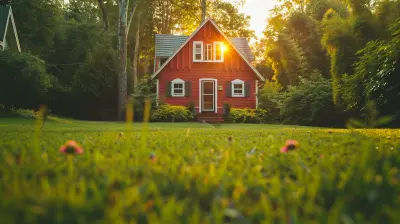





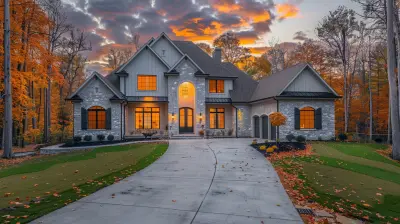
Easton Clark
Great insights! Considering the unique needs of multi-generational families is crucial in house hunting. Your tips provide valuable guidance for creating a harmonious living environment. Thank you!
April 3, 2025 at 3:28 AM